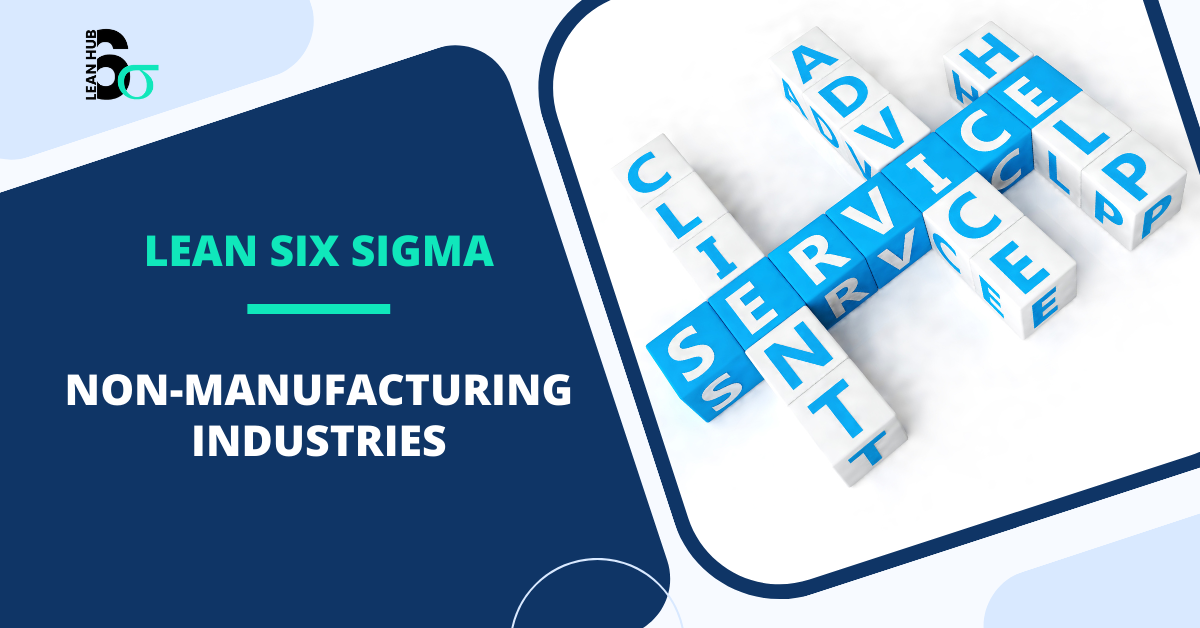Introduction
In today’s competitive market, customer satisfaction is pivotal to the success of any business. One of the most effective ways to ensure customer satisfaction is by identifying and addressing the Critical to Quality (CTQ) elements. These are the key attributes that customers value most in a product or service.
This guide provides a step-by-step approach to defining CTQ elements using a hypothetical scenario and dataset. Before diving into the process, let’s understand the basics of CTQ and the Voice of the Customer (VoC).
Basics of Critical to Quality (CTQ)
CTQ represents the essential measurable elements of a product or service that directly impact customer satisfaction. These attributes are derived from customer needs and preferences, often articulated through the Voice of the Customer.
Key Characteristics of CTQ Elements:
- Customer-centric: Directly linked to customer needs and expectations.
- Specific and Measurable: Defined by metrics or performance indicators.
- Actionable: Provides clear guidance for process or product improvements.
Examples of CTQ Elements:
- For a restaurant: Food quality, service speed, cleanliness.
- For an e-commerce platform: Delivery time, product availability, website usability.
- For a software product: System uptime, ease of navigation, responsiveness of customer support.
Basics of Voice of the Customer (VoC)
Voice of the Customer (VoC) is the process of gathering customer needs, preferences, and feedback to identify what matters most to them.
Sources of VoC:
- Direct: Surveys, interviews, focus groups.
- Indirect: Social media reviews, customer complaints, online ratings.
- Inferred: Sales trends, repeat purchases, product return rates.
Importance of VoC:
- Helps uncover customer pain points and expectations.
- Identifies gaps between customer expectations and current performance.
- Guides businesses in prioritizing improvements to maximize satisfaction.
Example of VoC Feedback:
- “The delivery time is too long.”
- “I love the product, but the packaging needs improvement.”
- “It’s frustrating when I can’t reach customer support quickly.”
Hypothetical Scenario
Imagine a coffee shop chain, “Brew Bliss,” wants to improve customer satisfaction. While the business is doing well, customer feedback reveals inconsistencies in service quality across locations. The management decides to define the CTQ elements to align its operations with customer expectations.
Step 1: Identify the Voice of the Customer (VoC)
The first step in defining CTQ is understanding what customers value. Brew Bliss collects VoC through:
- Online surveys
- Customer reviews
- Social media feedback
- Mystery shopper reports
Sample VoC Data (Hypothetical):
| Feedback ID | Customer Feedback |
|---|---|
| 1 | “The coffee taste is inconsistent across outlets.” |
| 2 | “Service is too slow during peak hours.” |
| 3 | “I love the ambiance, but cleanliness can improve.” |
| 4 | “Menu options are great, but sometimes items are unavailable.” |
Step 2: Translate VoC into CTQ Elements
Next, group the feedback into categories and translate them into measurable CTQ elements.
| VoC Category | CTQ Element | Example Metric |
|---|---|---|
| Coffee Quality | Consistent taste | Coffee taste score (1-10) |
| Speed of Service | Quick service | Average service time (minutes) |
| Cleanliness | Hygienic environment | Cleanliness audit score (%) |
| Menu Availability | Availability of items | % of items available from the menu |
Step 3: Create a Measurement Plan
To monitor these CTQ elements, a measurement plan is essential.
| CTQ Element | Measurement Tool | Frequency |
|---|---|---|
| Coffee taste | Customer taste test survey | Weekly |
| Service time | POS system data analysis | Daily |
| Cleanliness | Third-party audit checklist | Bi-weekly |
| Menu availability | Inventory management system | Daily |
Step 4: Analyze the Data
Brew Bliss collects data over a month and analyzes it. Here’s the hypothetical dataset:
CTQ Performance Data (Sample):
| Outlet ID | Coffee Taste Score (1-10) | Avg. Service Time (min) | Cleanliness Score (%) | Menu Availability (%) |
|---|---|---|---|---|
| A | 8 | 12 | 95 | 98 |
| B | 6 | 15 | 80 | 85 |
| C | 7 | 10 | 90 | 92 |
| D | 5 | 18 | 75 | 70 |
Step 5: Identify Improvement Areas
From the data:
- Coffee taste: Outlet D scores the lowest (5). Staff may require better training or quality checks on brewing.
- Service time: Outlet D has the longest service time (18 minutes). Staffing during peak hours could be insufficient.
- Cleanliness: Outlet D’s cleanliness score (75%) is below acceptable standards, indicating a need for stricter cleaning protocols.
- Menu availability: Outlet D struggles with inventory management (70% availability).
Step 6: Implement and Monitor Improvements
Based on the analysis, Brew Bliss implements the following:
- Coffee Taste: Standardize brewing processes and provide barista training.
- Service Time: Adjust staffing schedules during peak hours and optimize workflow.
- Cleanliness: Conduct mandatory cleaning training and audits.
- Menu Availability: Automate inventory management for timely restocking.
The performance of these CTQ elements is then monitored over time to ensure consistent improvement.
Conclusion
Defining CTQ elements is a structured approach to enhancing customer satisfaction. By integrating VoC insights and aligning operations with measurable customer needs, businesses like Brew Bliss can identify gaps, prioritize improvements, and drive lasting customer loyalty.
Using this guide, any organization can ensure its offerings resonate with what customers value most, ultimately fostering long-term success.








